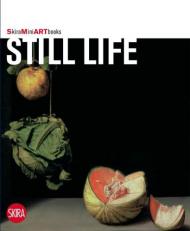The book is lavishly illustrated with the most important Pre-Raphaelite drawings from public and private collections, including striking works by Rossetti, Millais, Holman Hunt and Burne-Jones that have never before been exhibited or reproduced.
Pre-Raphaelite Drawing explores the vital role played by drawing and design in the work of the Brotherhood and their associates. Alongside studies for paintings of religious, literary and medieval subjects are the group’s portraits, self-portraits and caricatures, often exchanged as gifts; meticulous depictions of nature by John Ruskin and his followers; captivating drawings of the iconic Pre-Raphaelite models Lizzie Siddal and Jane Morris; and designs for stained glass, textiles and ceramics.
The author explores the emergence of the Brotherhood’s graphic style, their theories of naturalism, their radical promotion of new subjects, and their highly original use of watercolour. He also demonstrates the impact that Pre-Raphaelite drawing had upon turn-of-the-century British art movements such as Aestheticism, Symbolism and Art Nouveau, and explores the role of drawing in the work of leading Arts and Crafts designers such as William Morris, William De Morgan and Florence Camm.
Издательства
- Prestel (11)
- Rizzoli (9)
- Phaidon (8)
- Thames & Hudson (5)
- Monsa (2)
- Taschen (2)
- Flame Tree Publishing (2)
- Laurence King Publishing (2)
- Cernunnos (2)
- Dorling Kindersley (2)














